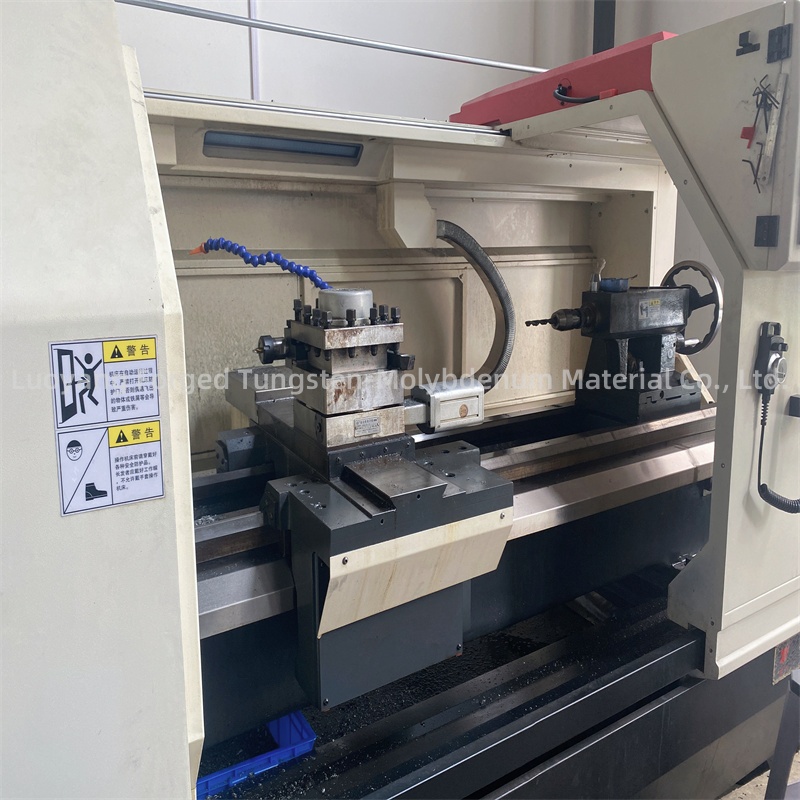Why do prices of tungsten and molybdenum fluctuate?
Tungsten and molybdenum price fluctuations are affected by a variety of factors, including:
1. Supply and demand relationship: Global economic conditions, industrial production needs, and technological progress all affect the demand for tungsten and molybdenum. Oversupply or shortages can cause price fluctuations.
2. Geopolitical factors: Geopolitical tensions, trade wars, changes in international relations, etc. will all affect the price of tungsten and molybdenum.
3. Currency exchange rate: Tungsten and molybdenum are international commodities, and their prices are affected by currency exchange rate fluctuations. A depreciation in the value of a domestic currency usually leads to an increase in commodity prices.
4. Production costs: including raw material costs, energy costs and labor costs, all of which will affect the price of tungsten and molybdenum.
5. Technological innovation: New mining, refining and application technologies can change the supply and price of tungsten and molybdenum.
To sum up, the price fluctuations of tungsten and molybdenum are comprehensively affected by supply and demand dynamics, geopolitical factors, currency exchange rates, production costs, technological innovation and other factors.
Tungsten-molybdenum alloy, also known as tungsten-molybdenum (W-Mo) alloy, has a variety of properties that make it useful in a variety of applications:
1. High melting point: Tungsten-molybdenum alloy has a high melting point and is suitable for high-temperature applications such as aerospace and defense industries.
2. High density: The alloy has high density, which makes it suitable for applications where weight and space are critical factors, such as radiation shielding and high-performance electronics.
3. Good thermal conductivity: Tungsten-molybdenum alloy has good thermal conductivity, making it suitable for use in radiators and other thermal management applications.
4. High strength and hardness: The alloy exhibits high strength and hardness, making it suitable for use in molds, machining and other high-wear applications.
5. Corrosion resistance: Tungsten-molybdenum alloy has good corrosion resistance, making it suitable for use in harsh environments and chemical processing applications.
6. Good electrical conductivity: The alloy has good electrical conductivity, making it suitable for use in electrical contacts and other electronic applications.
Overall, tungsten-molybdenum alloy is a versatile material whose diverse properties make it suitable for a variety of demanding applications.
